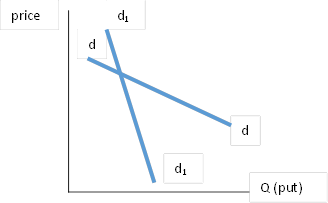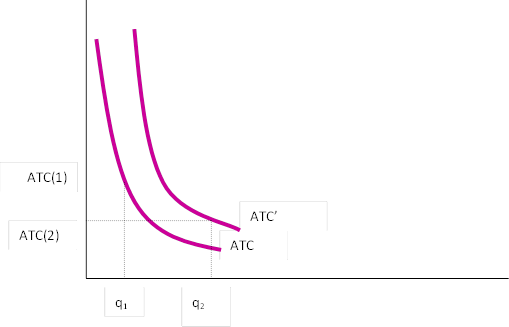Handout: Monopoly and Advertising
12th September 2015
Monopoly
| Definition: | A monopoly is a single supplier for which there is no close substitute. |
| Q. What does ‘no close substitute mean?’ | It means that the cross elasticity of demand between the monopolists products and all other products is low.
A rise in the price of the monopolist’s products leads to no significant increase in the demand for any other product. |
| The definition of a close substitute is arbitrary. Are gas and oil close substitutes for coal? |
| A. The answer will depend upon the use to which the fuel is put. British coal may have a monopoly on coking coal for the steel market, but may face competition from gas and oil in the heating market. |
Monopolies may be created by a single firm, or, by a group of firms acting in collusion e.g. British Wool Marketing Board and the Potato Council.
Advertising
Unlike perfect competition – monopolistic competition does use advertising. It is possible that advertising may increase the profits of the firm. Advertising is employed up to the point where money spent on advertising = marginal cost.
The objective of advertising is to shift the demand curve outwards.
It is also possible that advertising is needed to maintain the demand curve at d1.
Advertising may also have the advantage of reducing the elasticity of demand for the product.
The argument for advertising is based upon the idea that increased sales may lead to Economies of Scale. This is feasible only if economies of scale outweigh the advertising costs.
ATC’ includes additional cost of advertising
Price discrimination
A monopolist may be able to justify price discrimination – the cost of producing electricity at peak times is higher than at off-peak times. This is not always the case, and often costs bear no relation to prices being charged.
Producers of cars may charge a higher price on their home market, than in the export market, despite the fact that the cost of export (transport, foreign specifications etc.) may be higher.





0 Comments